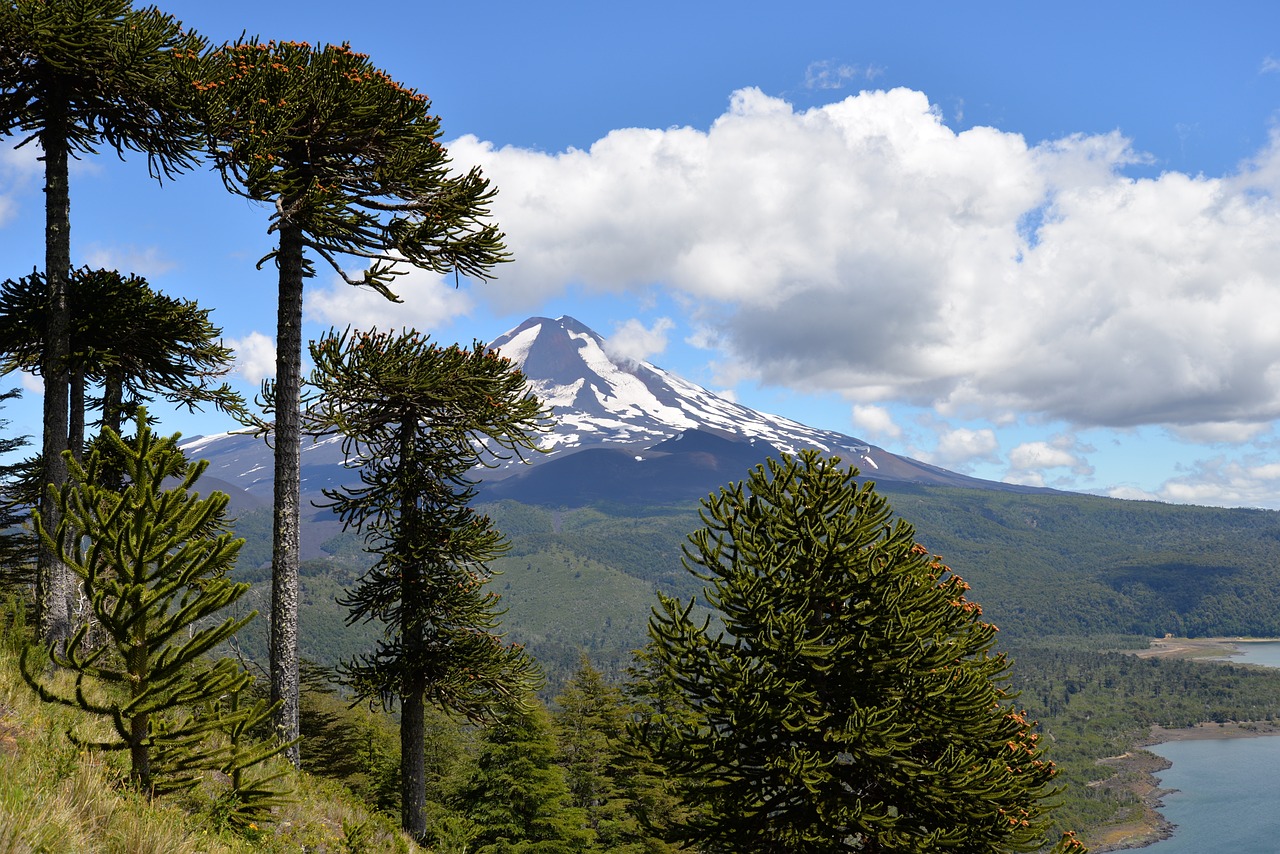Table of Contents
ToggleIntroduction:
The earth is a vast and diverse planet, with a variety of ecosystems ranging from lush forests to barren deserts. These ecosystems are known as biomes and are characterized by their unique climate, geography, and plant and animal life. In this article, we will explore the different biomes of the world, their characteristics, and the plant and animal life that inhabit them.
Tropical Rainforest Biome:
The tropical rainforest biome is found near the equator, where the climate is hot and humid. The rainforest is characterized by tall trees that form a dense canopy, which blocks out most of the sunlight. This biome is home to a diverse range of plant and animal life, including monkeys, birds, and insects. Some of the most famous rainforests in the world are the Amazon rainforest in South America, the Congo rainforest in Africa, and the Southeast Asian rainforest.
Desert Biome:
Deserts are dry regions of the world that receive very little rainfall. The temperature in the desert can vary greatly between day and night, with scorching temperatures during the day and frigid temperatures at night. Plants and animals that inhabit the desert have adapted to the harsh conditions, with many species having the ability to store water for long periods of time. The Sahara desert in Africa, the Mojave desert in North America, and the Gobi desert in Asia are some of the most well-known deserts in the world.
Grassland Biome:
Grasslands are vast areas of land covered in grasses and other herbaceous plants. These biomes are found on every continent except for Antarctica and are characterized by a dry and hot climate. Grasslands are home to a variety of large mammals, such as bison, zebras, and wildebeests, as well as numerous species of birds and insects. The Serengeti in Africa, the prairies of North America, and the steppes of Asia are some of the most famous grasslands in the world.
Taiga Biome:
The taiga biome, also known as the boreal forest, is a cold and dry biome found in northern regions of the world. This biome is characterized by coniferous trees, such as spruce and pine, and is home to a variety of animals, including moose, bears, and wolves. The taiga is an important source of timber and is found in regions such as Canada, Russia, and Scandinavia.
Tundra Biome:
The tundra biome is a cold and barren region found in the northernmost parts of the world. This biome is characterized by permafrost, a layer of soil that is permanently frozen, and a lack of trees or other vegetation. The tundra is home to a variety of animals, such as polar bears, caribou, and arctic foxes, that have adapted to the harsh conditions. The Arctic tundra is found in northern Canada, Alaska, and Russia, while the Antarctic tundra is found in Antarctica.
Temperate Forest Biome:
The temperate forest biome is found in regions with moderate climates and is characterized by deciduous trees, such as oak and maple. This biome is home to a variety of animals, including deer, bears, and wolves, and is an important source of timber. The temperate forests of North America, Europe, and Asia are some of the most well-known examples of this biome.
Conclusion:
In conclusion, the world is home to a variety of biomes, each with its unique climate, geography, and plant and animal life. From the hot and humid rainforests of the equator to the cold and barren tundra of the poles, each biome plays a critical role in the global ecosystem. By understanding these biomes and the life that inhabits them, we can better appreciate and protect our planet’s natural resources. It’s essential to remember that these biomes are interconnected and rely on each other for balance and sustainability. The destruction or disruption of one biome can have a domino effect on the entire planet.
As humans, it’s our responsibility to protect and conserve the biomes of the world. This includes reducing our carbon footprint, supporting conservation efforts, and promoting sustainable practices. By taking action now, we can ensure that future generations can continue to enjoy and benefit from the diverse biomes of the world.








2 thoughts on “Discover the Diversity of Biomes of the World; A Guide to Terrestrial Ecosystems”
Pingback: World Wildlife Day: Celebrating Biodiversity and Raising Awareness for Wildlife Conservation - Sustainability Awakening
Pingback: Ecosystem Classes: Understanding the Different Types of Ecosystems on Earth - Sustainability Awakening